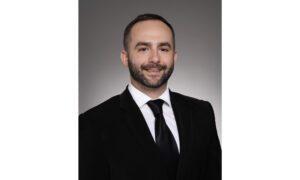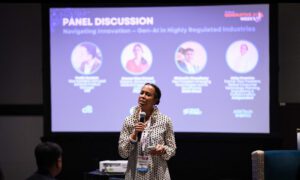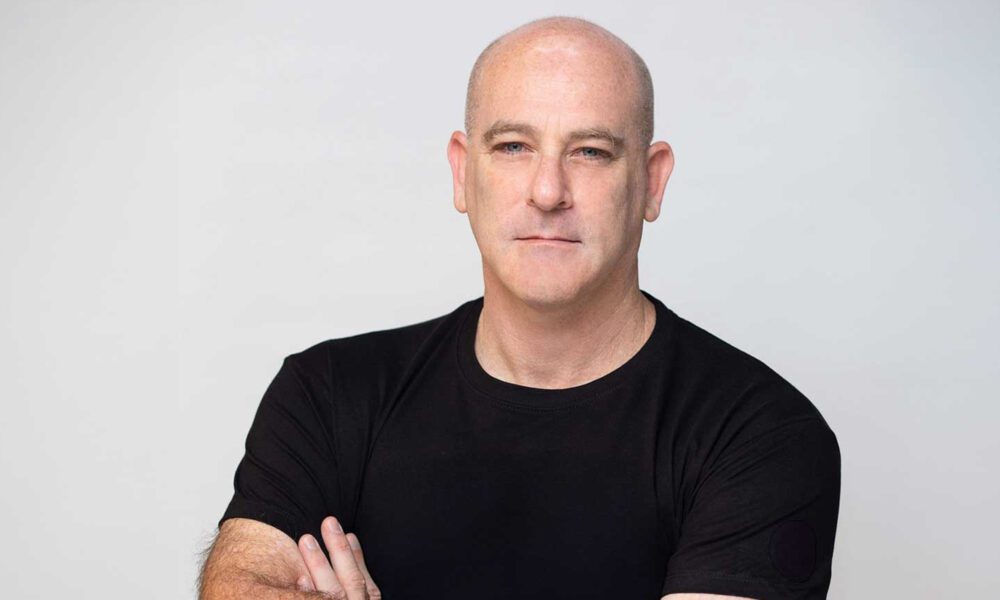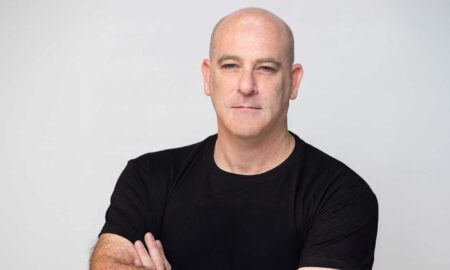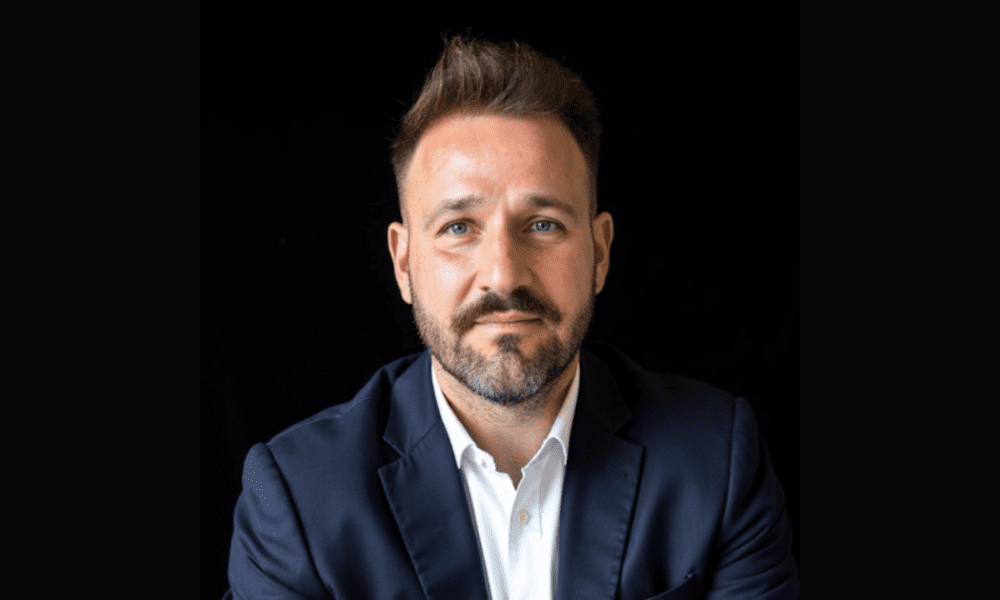In today’s digital era, when the reliability and security of IT systems define the success of both government and corporate initiatives, a new generation of professionals is shaping the technological landscape. They are not just managing projects – they are designing their very foundations. Few professionals have shaped Russia’s digital infrastructure as profoundly as Daniil Khudenko, the IT architect behind the technological resilience of the Moscow Renovation Fund, as well as many other flagships of the country’s digital financial system.
Having gone through every stage of the professional path, Daniil Khudenko led the creation and fine-tuning of software systems now relied upon by millions of users and thousands of organizations across Russia. In our conversation, he breaks down how large-scale IT systems are structured, what challenges appear along the way, and why QA has become the cornerstone of success for such mission-critical projects.
— Daniil, your path from an IT specialist to a team leader in projects for major national companies is impressive. How did your passion for technology begin, and why did you choose QA instead of software development?
— My fascination with technology has always been there. But while studying and completing my first assignments, I realized something: the real magic isn’t in writing code — it’s in building reliable, resilient architecture that can withstand anything you throw at it. Developers create features, while a QA engineer makes sure those features run correctly and efficiently under any type of load and across every real-world environment. What drew me in was not just the process of creation, but the ability to guarantee that what’s been created will keep working flawlessly — regardless of load, usage, or stress on the system.
In QA, you’re both the first person to use the product and its toughest critic. The stability of entire systems – and sometimes entire industries – depends on your precision. It’s a huge responsibility and an intellectual challenge: to think several steps ahead, predict possible failures, and design the product so that they never occur in its final version. QA isn’t just about finding bugs; it’s about building trust between technology and the people who depend on it.
— One of your most important projects is the cloud platform Exon, a rare example in the Russian market of a product that fully digitalizes construction supervision. It was developed for the Moscow Renovation Fund and is now used by over 42,000 specialists from 6,500 organizations across the country, covering over 3,800 construction sites. Your role went far beyond testing – you built processes from scratch, formed teams, and implemented modern tools. This is what made Exon the reliable and scalable product it is now. What managerial and technical decisions proved to be the most important in such a high-responsibility project?
— You have absolutely accurately noticed the key aspect of this work. When a system reaches that scale, and when one of its main clients is a government institution like the Moscow Renovation Fund, the cost of even a small error becomes enormous. A system failure here isn’t just a technical issue – it could disrupt construction schedules and cause significant financial losses for the city. Our primary goal was not only functionality but absolute reliability.
We implemented support for XSD schemas — a unified data-exchange standard developed by the Moscow Department of Construction. Without it, the platform wouldn’t have been able to communicate properly with government systems and therefore couldn’t have qualified for state contracts. In practice, that decision made Exon a stable and transparent platform that helps one of Russia’s most conservative industries become more efficient and manageable.
— After GASKAR GROUP, which was a fast-growing construction tech start-up, you moved to the ecosystem of Eastern Europe’s largest bank to work on projects for the CIS’s leading technology hub. There you were entrusted with one of the key projects — adapting the open-source GitLab platform. That says a lot about your professional reputation. Could you tell us more about the technical aspects of this work?
— The contrast was huge. The scale, the security policies, the internal structure — everything was on another level. At that time, the ecosystem, I was working for, was building its own technology stack to reduce dependence on foreign software, and the challenges were massive. Essentially, the task went far beyond minor adjustments to GitLab — the goal was to transform it into a full-scale, secure, and deeply integrated platform that could manage the entire software development lifecycle. It had to replace industry-standard tools like Jira, widely used by companies to plan and track team workflows, especially in IT and software development. Simply put, Jira is like a digital planner or task board, only far smarter. The platform also had to replace Confluence, a program used for writing and storing essential work information, essentially a company’s internal online notebook or corporate “Wikipedia.” At the same time, the new system needed to fully comply with corporate standards.
— The next logical question is about challenges. You joined the project as the only QA engineer and built the entire quality assurance system from scratch. What key steps took you from a raw prototype to a stable production system ready for scaling?
— Exactly. That was the main challenge. Testing at that stage was more of a formality — no clear strategy, minimal structure, and zero automation. I joined the team as the only QA engineer and had to prove the value of a methodical approach to colleagues who were used to relying solely on their development experience.
My task was to build the entire quality control system from the ground up. I started by introducing an automated process known in the IT field as CI/CD.
The easiest way to describe it is as an assembly line for code. It works in two stages. The first is CI, or Continuous Integration: as soon as a developer adds a piece of code to the shared system, it is automatically checked for errors. Next comes CD, or Continuous Delivery: once the code passes testing, it is automatically prepared for release and delivered to users – for instance, as a website or app update. This “assembly line” allowed us to detect and fix issues almost instantly.
The next step was to choose an approach for writing the tests themselves. I convinced management that BDD, or Behavior-Driven Development, would be the perfect fit for us. The essence of this method is to write tests not in programming code but as simple user behavior scenarios. For example: “When the user clicks the “Buy” button, the item should appear in the shopping cart.”
To implement this idea, we used the Behave tool in Python. As a result, we created a system where the tests were completely clear not only to developers but also to business analysts. This eliminated misunderstandings and helped the entire team work as one.
My role evolved quickly. I became a QA architect, technical lead, and mentor. I personally selected, interviewed, and trained a team of four full-stack QA engineers — specialists capable of writing automated tests, performing in-depth manual testing, and understanding system architecture. Our shared goal was to turn what was then a raw prototype into a stable, scalable production system ready to be integrated into the key business processes of the leading provider of digital solutions and products in nine countries.
— So, you were not just managing processes but acting as a leader who set the standard for the entire team? Is that what helped you build a quality control system from scratch in the shortest possible time and quickly earn the client’s trust?
— Exactly. We applied the same approach when developing our internal equivalent of Microsoft Project – a smart planning tool that helps distribute tasks, assign responsibilities, and monitor deadlines to keep the project on schedule and within budget. We had to bring an entirely new product to full operational readiness and deliver it to clients in record time. The team once again built the entire quality control system from scratch, and as a result, the launch went smoothly and the project quickly earned trust within the corporation. Under such conditions, it is impossible to limit yourself to simple process administration. A true leader sets the standard through personal involvement, demonstrates how to achieve results, and builds a culture where quality is a shared responsibility, not just a function of a separate department.
— When you have to build testing from scratch on large-scale projects, what do you consider the key to success? After all, your teams consistently make the product stronger and bring it to the market faster and more securely.
— Success stands on three pillars. The first is a thorough analysis of the system. You can’t test a system as a black box. I always start by analyzing its architecture and underlying business logic to identify potential failure points and performance bottlenecks long before they surface. The second pillar is a culture of collaboration. We share one goal and operate as a single team. That’s why I implement practices such as BDD – Behavior-Driven Development. This framework defines system behavior in plain, human-readable language before a single line of code is written. Together with analysts and developers, we build user stories written in a shared syntax – for instance: “When a user enters a valid login and password, the system should navigate to the main dashboard.” This approach ensures that everyone — from project managers to engineers — has the same understanding of the requirement before development even begins.
And the third — and in my view, the most important — is a focus on the real user. Instead of relying on static checklists, I advocate for exploratory testing – an approach where the engineer acts like a curious end user, intentionally probing the system to uncover edge cases and hidden defects. This mindset exposes issues that scripted testing often misses. I believe QA engineers are not bug fixers but strategic partners in development. Our shared mission is to make the product stronger and bring it to market faster and with greater stability and confidence.
— Based on your experience, which areas of software quality assurance do you consider most critical, especially for systems with a high level of operational sensitivity?
— The direction of progress is clear: intelligent technologies. We are moving beyond basic automation toward AI-driven analytics and advanced data processing. The next step is self-learning systems capable of scanning codebases and proactively identifying areas of potential failure. In large-scale initiatives like those I’ve led, such predictive capabilities are invaluable.
In addition, I see tremendous potential in VR and AR testing. Imagine a construction engineer wearing a VR headset, walking through a digital twin of a future facility, and verifying the operation of life-support systems long before actual construction begins. This is no longer science fiction – it’s practically tomorrow’s reality. But no technology can replace the essentials: a deep understanding of the product and empathy for the user. Every successful IT system is built on human interaction. My role as a QA architect is to make that interaction seamless, reliable, and results-driven.
The conversation with Daniil Khudenko clearly shows that in today’s era of rapid technological progress, quality is no longer a final “control” stage. It has become a core principle embedded in the architecture of every digital solution from the first lines of code. Khudenko’s career path — from supporting Moscow’s renovation program to developing internal platforms for the largest Russian product corporation — demonstrates how a leader with a systems mindset and the ability to build processes from scratch can become a foundation of reliability for mission-critical platforms. His method — combining technology with a precise understanding of the human factor — is a formula for creating products trusted by millions.




